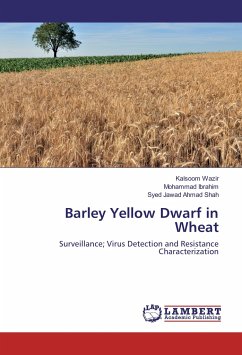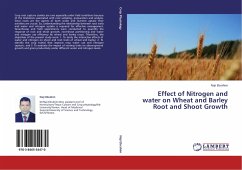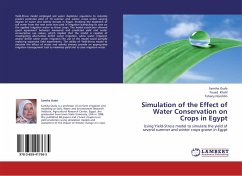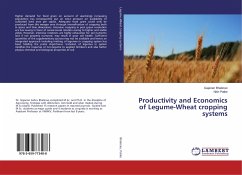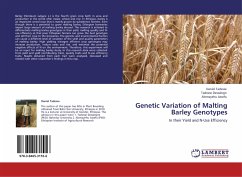Among intercropping practices mixed cropping deals with growing two or more crops simultaneously with no distinct row arrangement. In this book, barley-wheat mixed cropping studies under various moisture deficit stress levels revealed that mixed cropping improves productivity, water use efficiency and stability. Barley matured early and absorbed much of its water at early stages, leaving more space for late maturing wheat in the mixtures. Therefore, mixed cropping of these two crop species helps combine important characters in a cropping system so as to enhance productivity through complementary resource uses in the drylands. Thus mixed cropping of barley and wheat can be an insurance to stabilize productivity and water use efficiency, and minimize crop failure risks in stresses of drought and high temperature spells that are difficult to predict in dryland areas. The results also suggest that variety development is a necessity to cope with high temperature stresses of the lowlands or for such stresses caused by climate change. The book can serve as knowledge input to organic farming, researchers, teachers and agricultural development extension workers.
Bitte wählen Sie Ihr Anliegen aus.
Rechnungen
Retourenschein anfordern
Bestellstatus
Storno



